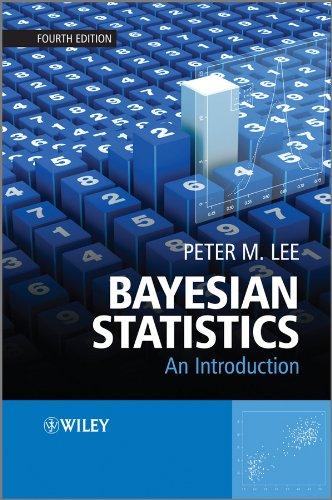A window is broken in forcing entry to a house. The refractive index of a piece of
Question:
A window is broken in forcing entry to a house. The refractive index of a piece of glass found at the scene of the crime is x, which is supposed N(θ1,ϕ). The refractive index of a piece of glass found on a suspect is y, which is supposed N(θ2,ϕ). In the process of establishing the guilt or innocence of the suspect, we are interested in investigating whether H0: θ1 = θ2 is true or not. The prior distributions of θ1 and θ2 are both N(µ,ψ) where >> ϕ. Write

By writing u = (x - θ) - (y - θ) and z = θ + ½(x - θ) + ½(y - θ), go on to show that u has an N(0, 2ϕ) distribution and that z has an N(µ, ½ϕ + ψ) so approximately an N(µ, ψ) distribution. Conversely, show that if Ho is false and θ1 and θ2 are assumed independent, then θ1, θ2 , x - θ1 and y - θ2 are all independent and


show that in this case u has an N(0, 2(ϕ + ψ)), so approximately an N(0, 2ψ),distribution, while z has an N(µ, ½ϕ + ψ)) , so approximately an N(µ,½ψ), distribution. Conclude that the Bayes factor is approximately
![= (y/20) exp[-u/20 + (z )/4].](https://dsd5zvtm8ll6.cloudfront.net/images/question_images/1700/9/3/9/428656246a4c5c061700939423291.jpg)
Suppose that the ratio √ϕ/ψ of the standard deviations is 100 and that u = 2 x √(2∅), so that the difference between x and y represents two standard deviations, and that z = µ,, so that both specimens are of commonly occurring glass. Show that a classical test would reject H0 at the 5% level, but that B = 9.51, so that the odds in favour of H0 are multiplied by a factor just below 10.
Step by Step Answer:






